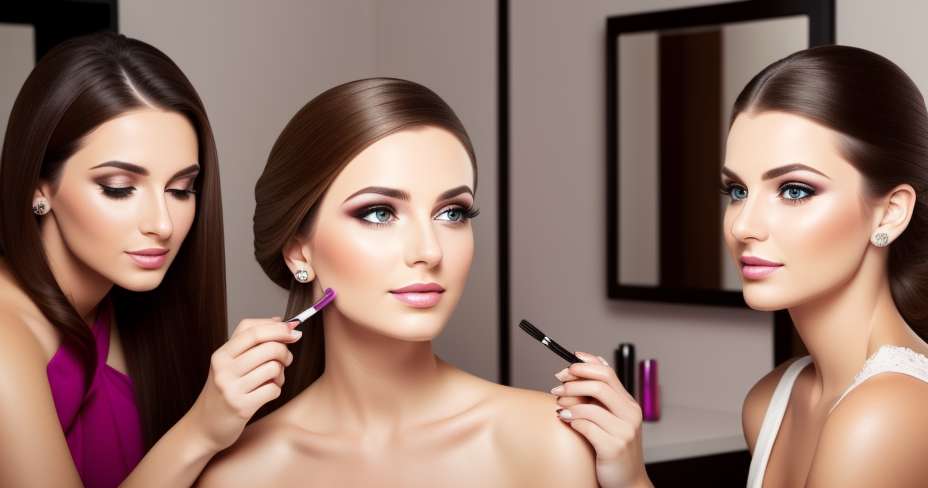Every day learn new things
May 2024

The earwax is a substance produced naturally and secreted by the skin of the external auditory canal, intended for the protection of this region, also allows regulating the presence of germs .
The peculiarity of the external auditory canal is that it is a self-cleaning tube, that is, the earwax produced is expelled progressively from the bottom to the outside; This movement is sometimes altered by the presence of very narrow auditory canals or because certain patients produce a large amount of earwax which quickly obstructs the lumen of the canal, this is observed mainly at the extremes of life (children and the elderly).
The presence of hair follicles can also favor the formation of plugs, by the accumulation of hair included in the cap. Because there is a very large variability among people, some have plugs of earwax constantly and others never generate them.
The earwax It has the peculiarity of being hydrophilic, that is, it gets wet and swells when water enters the canal, so when it increases in size, it occludes the external auditory canal.
This explains the hearing loss that occurs in some people after bathing or swimming; This blocked ear sensation occurs when the earwax obstructs almost all the light of the external auditory canal.
There are no preventive measures that prevent the formation of plugs ; however, some advice from hygiene Earphone can reduce the plugs formed and make them less and less frequent:
1. Avoid injuring the external auditory canal with cleaning maneuvers or untimely scratching with objects such as toothpicks, pins, cotton swabs, etc. This can produce inflammation chronicle of the skin of the external auditory canal, which can stimulate the production of earwax , cause itching and increase the risk of creating small excoriations, which are a source of infection causing intense pangs of the throbbing type. There is also the risk of perforating the eardrum by inserting a toothpick or a pin.
2. The use of swabs with cotton or cotonetes should be avoided at all times, because part of the earwax it is extracted and another is pushed against the tympanic membrane, which hinders its natural evacuation. The swabs should be used only for cleaning the outer part of the ear canal, that is, without inserting them deeply. It is advisable that after the bath a cleaning with a tissue and the little finger is done, cleaning only the earwax which is visible on the outside of the duct.

The plugs of earwax They must be removed by a doctor. Cleaning is done by washing the ear with water at body temperature (37 ° C) to avoid the presence of Vertigo when using very hot or cold water. To remove them, special handles and micropinzas should be used, as well as micro-aspirators to remove fragments of the cap little by little, this is done with the support of a frontal lamp or a microscope or endoscope. Sometimes the cerumen is too dry and when trying to remove it can cause pain, so you should use ear drops or hydrogen peroxide to soften it.
In certain patients it is necessary to carry out a periodic review to prevent them from forming plugs too large and deep to cause risks of injury when extracting them or from infection on contact with water.
The extraction maneuvers should be as delicate and painless as possible, however, there may be small complications, such as sensation of Vertigo (if the water is not at body temperature). The perforation of the tympanic membrane is another fortunately rare risk, but it can occur in patients who have suffered infections of the middle ear with altered tympanic membrane healing. There may also be a slight bleeding from the skin of the auditory canal, especially when the cap is very dry and impacted.